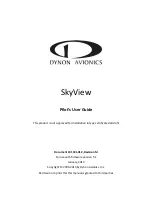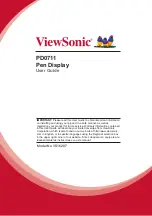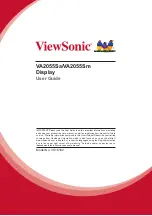
31
Section 1
Introduction
When an instrument approach is loaded in the active flight plan, the PDA function can provide a
greater margin of safety by alerting for altitude deviations below minimum approach altitudes. Minimum
altitudes are typically known for the segment prior to the final approach fix and for step-down fixes prior
to the missed approach point. Minimum descent altitudes, decision altitudes, and decision heights are
not known for instrument approaches. These minimum altitudes, as shown on instrument approach
procedures, are published as MSL altitudes and flown by reference to barometric altitude provided on the
altimeter.
Non-standard atmospheric conditions, as described in the previous section, may result in differences
between GPS-MSL altitude and Baro-Corrected altitude. These differences may reach a level that can
trigger a PDA when flying the published minimum altitude as indicated on the altimeter. Operations
in below-standard-temperature environments may require the pilot to compensate for the non-standard
temperature by increasing the minimum altitude that is defined in the approach procedure for standard
atmospheric conditions.
Differences between GPS-MSL altitude and Baro-Corrected altitude typically increase as height above
ground level increases due to non-standard atmospheric effects. In response to PDAs, the pilot should
always ascertain the appropriate altitude is being flown in consideration of atmospheric conditions.
Limitations
The TERRAIN function displays altitudes of terrain and obstructions relative to the aircraft’s altitude
and are advisory in nature only. Individual obstructions may be shown if available in the database. Not
all obstructions may be available in the database and data may be inaccurate – do not maneuver or
navigate to avoid obstacles using this information. Terrain information is based on terrain elevation data
contained in a database, which may contain inaccuracies. Terrain information should be used as an aid to
visual acquisition – do not use terrain information to navigate or maneuver to avoid terrain.





































